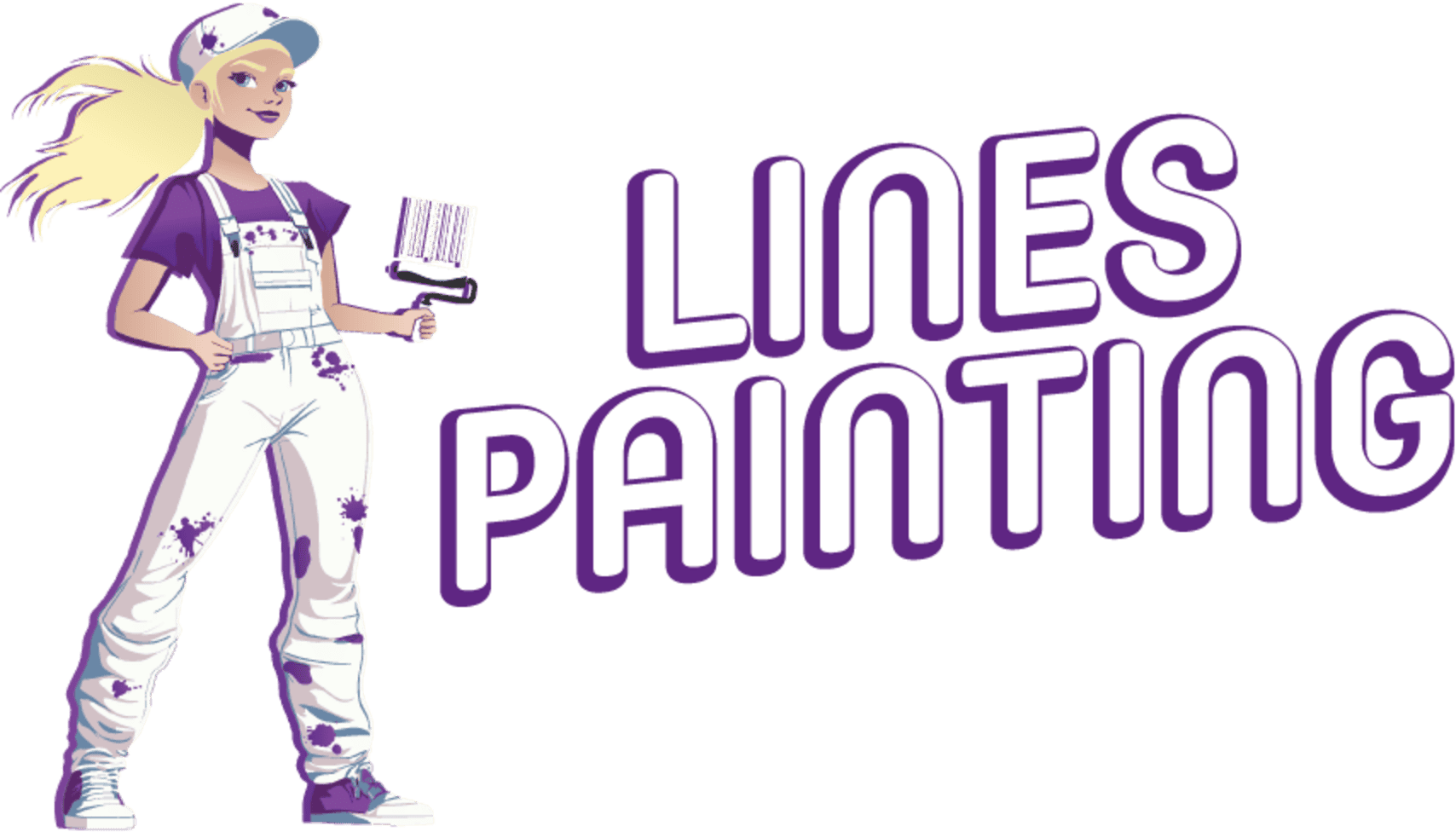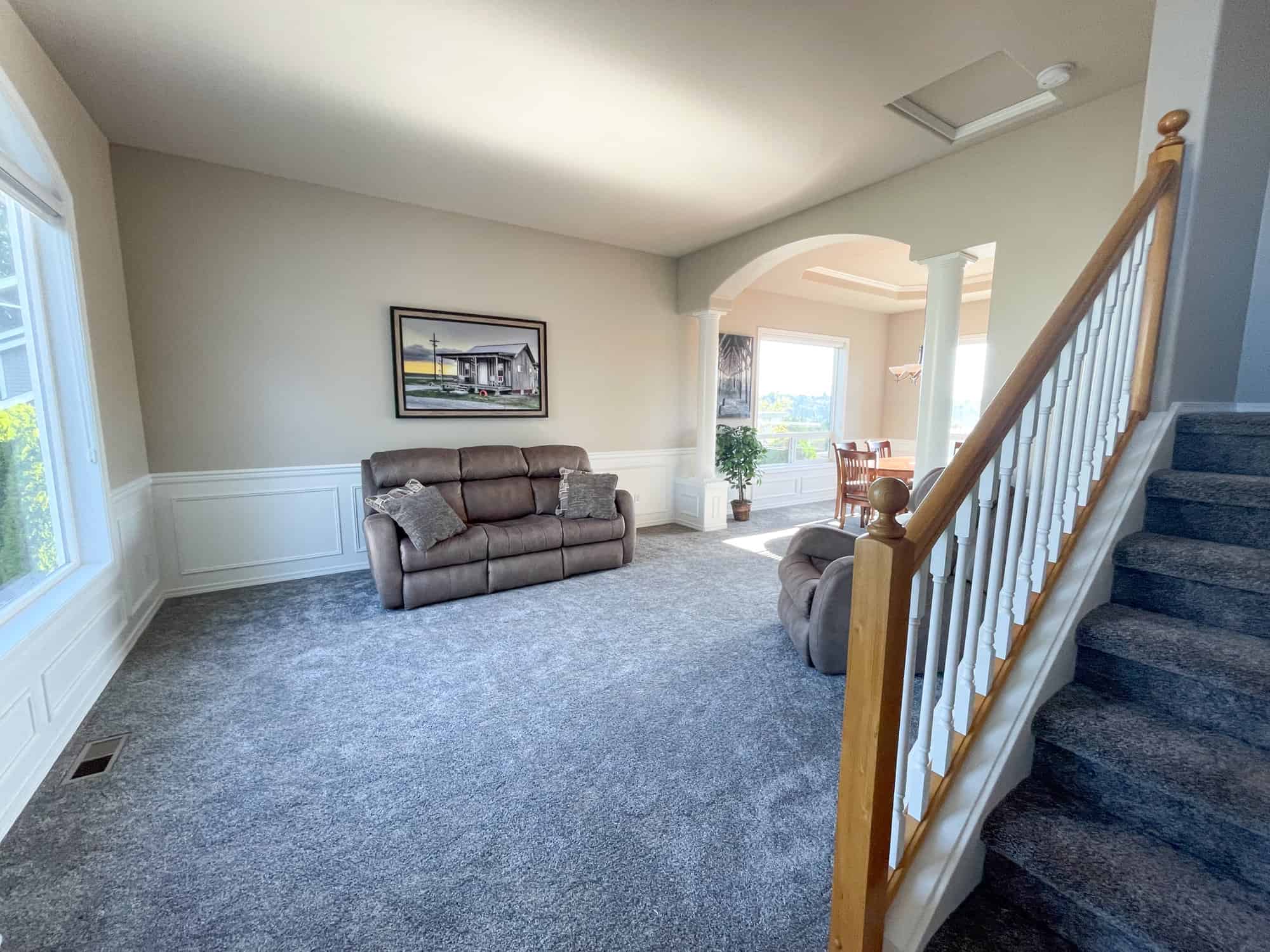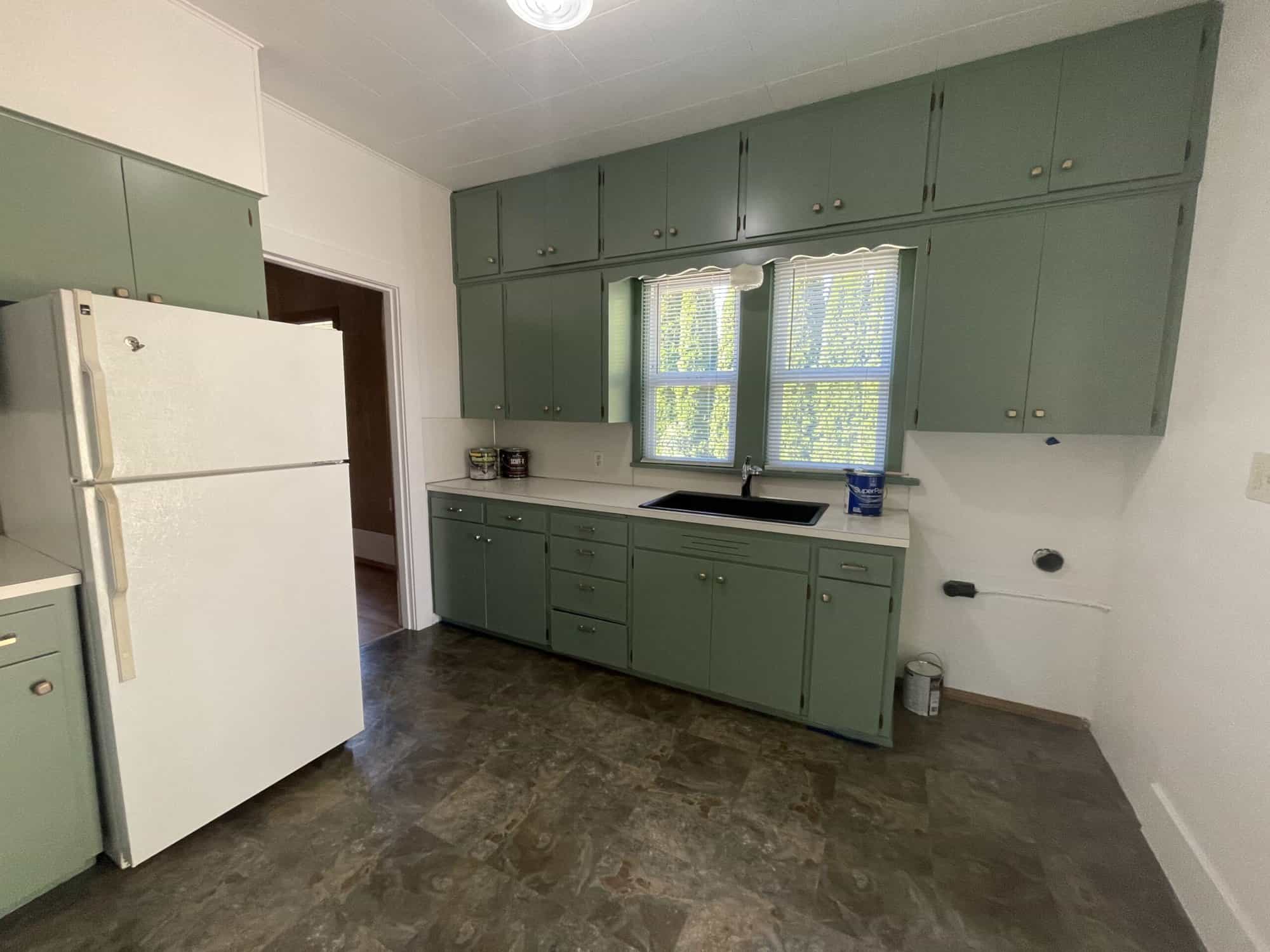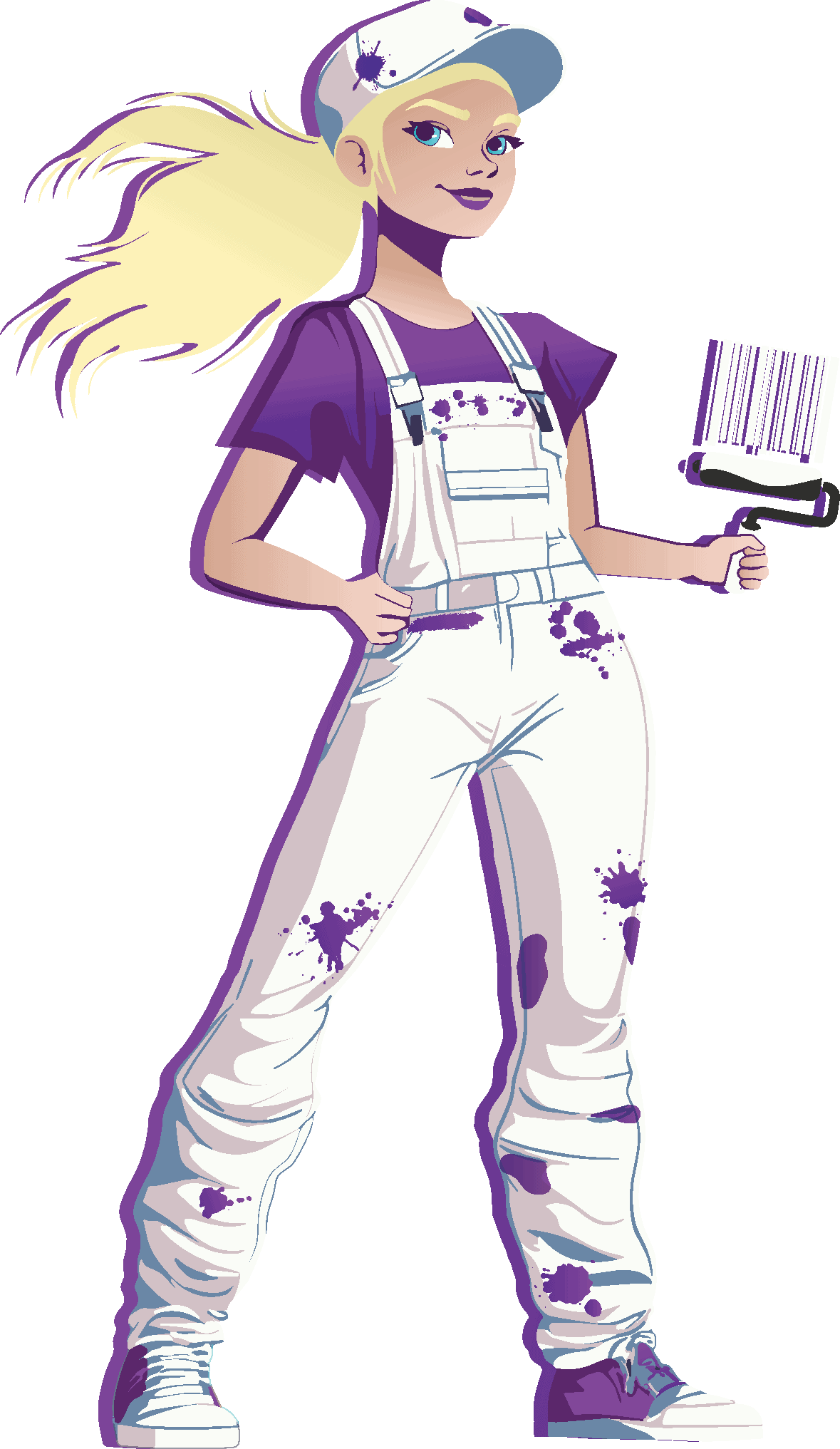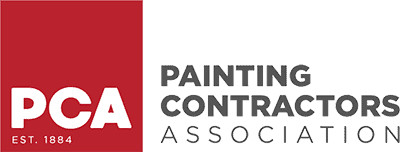When planning an interior house painting in Kirkland, WA, most homeowners might assume that temperature isn’t a big deal, but it plays a pivotal role in achieving a smooth and durable finish. The ideal painting temperatures for indoor projects can make or break your paint job, affecting drying times, adhesion, and overall appearance. This guide dives into the best temperature ranges, how humidity can interfere, and strategies to ensure you get the best results for your home. If you’re ready to avoid common painting pitfalls and enjoy a flawless finish, this post is for you!
Key Takeaways:
- Temperature is key to a successful interior house painting project.
- Maintaining ideal painting temperatures for indoor projects ensures proper adhesion and drying.
- Humidity can impact the quality of your painting results, so monitoring moisture is crucial.
- Consider tools like hygrometers to measure humidity during your project.
- For best results, rely on expert advice to choose the right paints and techniques.
Why Temperature Matters in Interior House Painting
Before you grab a brush, you must recognize how temperature influences your painting results. Using the ideal painting temperatures for indoor projects helps avoid bubbling, peeling, or uneven drying. A well-balanced environment is critical when working on areas like cabinetry or trim, where imperfections are easily noticeable. Getting the conditions right ensures long-lasting results and a professional finish, no matter the project’s complexity.
How Temperature Affects Paint Performance
Temperature plays a huge role in how your paint behaves. For instance, cooler conditions can slow down drying times, which may lead to smudging or uneven textures. On the other hand, warmer conditions can cause the paint to dry too quickly, potentially resulting in poor adhesion and a cracked finish. Understanding the ideal painting temperatures for indoor projects is especially important for homeowners tackling areas like bedroom walls, kitchen cabinets, or bathroom trim.
When you hire professional painters like those at Lines Painting, they ensure that interior house painting is completed under optimal conditions, avoiding issues that can arise when temperatures are too high or too low.
Signs of Improper Painting Conditions
Recognizing poor painting conditions is key to avoiding future headaches. Too cold? You risk longer drying times and potential drips. Too hot? You’ll likely see cracking or peeling on surfaces like drywall. Being aware of these telltale signs will save you time and money in touch-ups. Before starting your interior house painting project, pay attention to your environment to ensure you work within the ideal painting temperatures for indoor projects.
Finding the Ideal Temperature Range for Indoor Painting Projects
For the best results, you’ll want to find the ideal painting temperatures for indoor projects before you start. For water-based paints, the ideal range is between 50°F and 85°F, while oil-based paints have slightly more flexibility, performing well between 40°F and 90°F. It’s crucial to check your local climate conditions in Kirkland and adjust your project based on these ranges.
By considering these ranges, you’ll ensure smooth application and proper adhesion, especially when painting surfaces like walls or cabinetry. At Lines Painting, we prioritize these temperature ranges in our interior house painting projects, ensuring that each job is perfectly done.
Dealing with Cooler Temperatures During Painting
Painting during cooler months presents additional challenges. Cooler temperatures can lead to issues like slower drying times and poor adhesion. You can combat these problems by using space heaters or other warming techniques to bring the room to the ideal painting temperature for indoor projects. Cold-weather paint additives can also help maintain the quality of your paint during these chillier times.
Extra care is needed if you plan to paint drafty areas near windows or entryways. Proper insulation of the room and monitoring humidity levels with tools like hygrometers can go a long way in preventing common cold-weather paint issues.
Overcoming the Challenges of Painting in Warmer Conditions
On the flip side, painting in warmer conditions presents its own set of issues. If temperatures exceed 85°F, paints—especially oil-based ones—can dry too quickly, leading to streaks or an uneven finish. The heat may also cause bubbles or peeling if not managed correctly. If you’re painting during a hot spell in Kirkland, it’s smart to use fans, keep windows open, and work during cooler parts of the day, like early morning or late afternoon.
At Lines Painting, we recommend using paints specifically designed for warmer environments. These products dry more evenly and allow for a better finish. We also emphasize the importance of ventilation during any interior house painting project to control temperature and humidity.
Humidity: The Silent Saboteur
Managing humidity is one of the biggest challenges in achieving a perfect paint job in Kirkland. High humidity can slow down drying times, causing dust and debris to settle on the surface before the paint cures properly. This leads to unsightly finishes and even long-term problems like peeling.
Before starting your interior house painting project, we recommend using a hygrometer to measure indoor moisture levels. Maintaining a humidity between 40% and 50% will provide optimal conditions for painting.
How to Maintain Ideal Painting Temperatures for Indoor Projects
Even if your home naturally stays cool or warm, you can use a few techniques to maintain the ideal painting temperatures for indoor projects. Use space heaters to warm a cool room or fans to circulate air in warmer spaces. Keeping windows open can help with ventilation, and using cold-weather paint additives can improve adhesion on drafty walls or unheated spaces.
The painters at Lines Painting are skilled at managing these conditions, ensuring that every project—no matter the season—is completed in the best environment possible.
Achieve a Flawless Indoor Paint Job with Ideal Conditions
Understanding the ideal painting temperatures for indoor projects is essential for achieving a professional-quality finish. Temperature and humidity are critical factors in the success of your interior house painting efforts, influencing everything from drying times to paint adhesion. By maintaining proper conditions, using the right tools, and selecting the appropriate paint, you can ensure your project goes smoothly and lasts for years.
For homeowners in Kirkland, Seattle, Bellevue, WA, and the surrounding areas, Lines Painting is here to help. With years of experience in interior house painting, we know how to handle the unique challenges of local climate conditions. Call us today at (425) 434-8887 for a FREE estimate, and let us help you create the perfect indoor space, painted to perfection!
